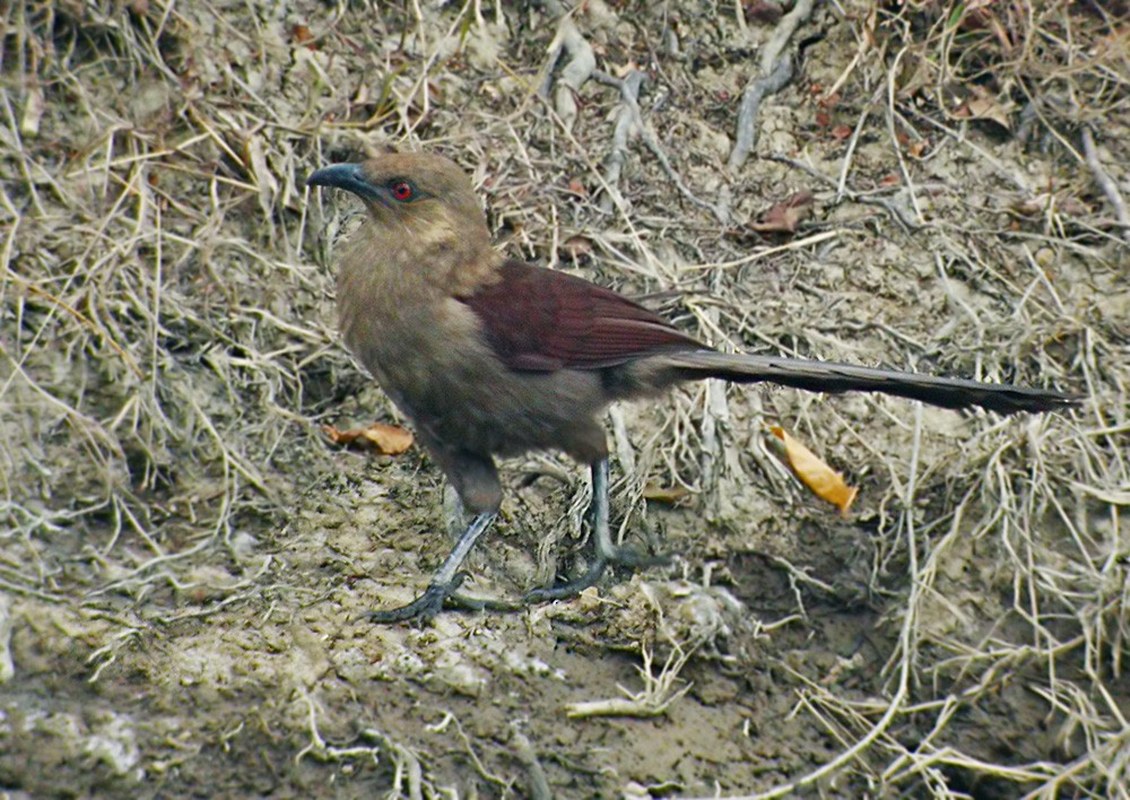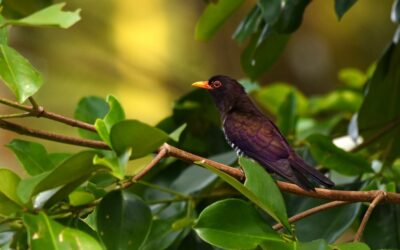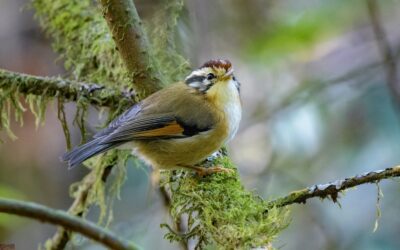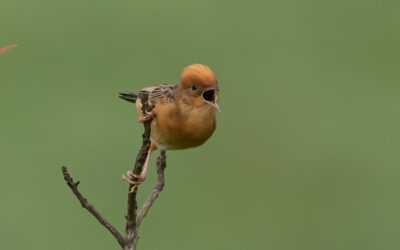 While we wait for everyone to upload to their April lists to see who meets the target for April, it’s time to think about the challenge for May. Now, we’ve been told by many people that since May is a very hot month we should set a rather low target. But we don’t agree! Birding happens anytime we are outdoors, and surely most of us are outdoors for at least 30 min each day; even in the burning month of May?
While we wait for everyone to upload to their April lists to see who meets the target for April, it’s time to think about the challenge for May. Now, we’ve been told by many people that since May is a very hot month we should set a rather low target. But we don’t agree! Birding happens anytime we are outdoors, and surely most of us are outdoors for at least 30 min each day; even in the burning month of May?
The target for May last year was 4 lists per week. This year the target is increased to 6 lists per week (as earlier, with a nod towards the IPL). As before, each list should be an effort-based, complete list, of at least 15 min duration![]() .
.
The weeks are counted like this: seven days each, except for the last week, which includes all the remaining days of the month. So the last ‘week’ is the 22nd to the 31st of May.
Birding and uploading 6 lists a week is neither trivially easy nor hugely difficult for most of us. You might enjoy a cup of coffee or tea on the balcony early in the morning while it’s still cool — there’s a 15 min bird list already! Or if you go for an evening walk, or visit a park on the weekend. Birding need not wait for a special trip to a fabulous habitat!
Of course, do mark your calendar for the 9th of May: Endemic Bird Day. How many species can we all see together on that one day? How many endemics?
What follows below is a repetition of the text of last month’s challenge announcement — just in case you missed it then.
We would like to encourage you to try out two additional things:
- Try making a regular bird list at the same location through the month — for example at your home or place of work. If possible, make these lists at approximately the same time of the day. This gives you an overall idea of what species you are likely (or unlikely) to see at that particular location; and also gives you an idea of whether on a single day, you can expect to see only 50% or as much as 90% of all birds seen at that location.
- May is breeding time for many species in many parts of India. However, the breeding distribution and timing of our species is still rather poorly known. Help document the locations and timing of breeding of birds by adding a suitable ‘breeding code’ whenever you see any signs of breeding. These codes are classified depending on the strength of evidence for breeding, from ‘Singing male’ (indicating possible breeding) to ‘Nest with young’ (indicating confirmed breeding). More information on these codes is available at this help page; and you can enter the appropriate code next to each species in your eBird list by clicking on ‘Add details’ and then ‘Breeding code’ as in the screenshot below.

Please upload all your lists by 5 June so that we can announce the results on 6 June. All birders who reach the target will be named and recognized on this website. One of these names will be chosen at random to receive a small birding-related gift in appreciation.
Here are the general rules of our monthly challenges. You can keep track of fresh lists coming in from India at this page.
Important. if you are new to eBird, please read this description first, and do take a look at the Beginner’s Guide.
Header Image: Andaman Coucal Centropus andamanensis ©Lars Petersson/ Macaulay Library/ IBC




